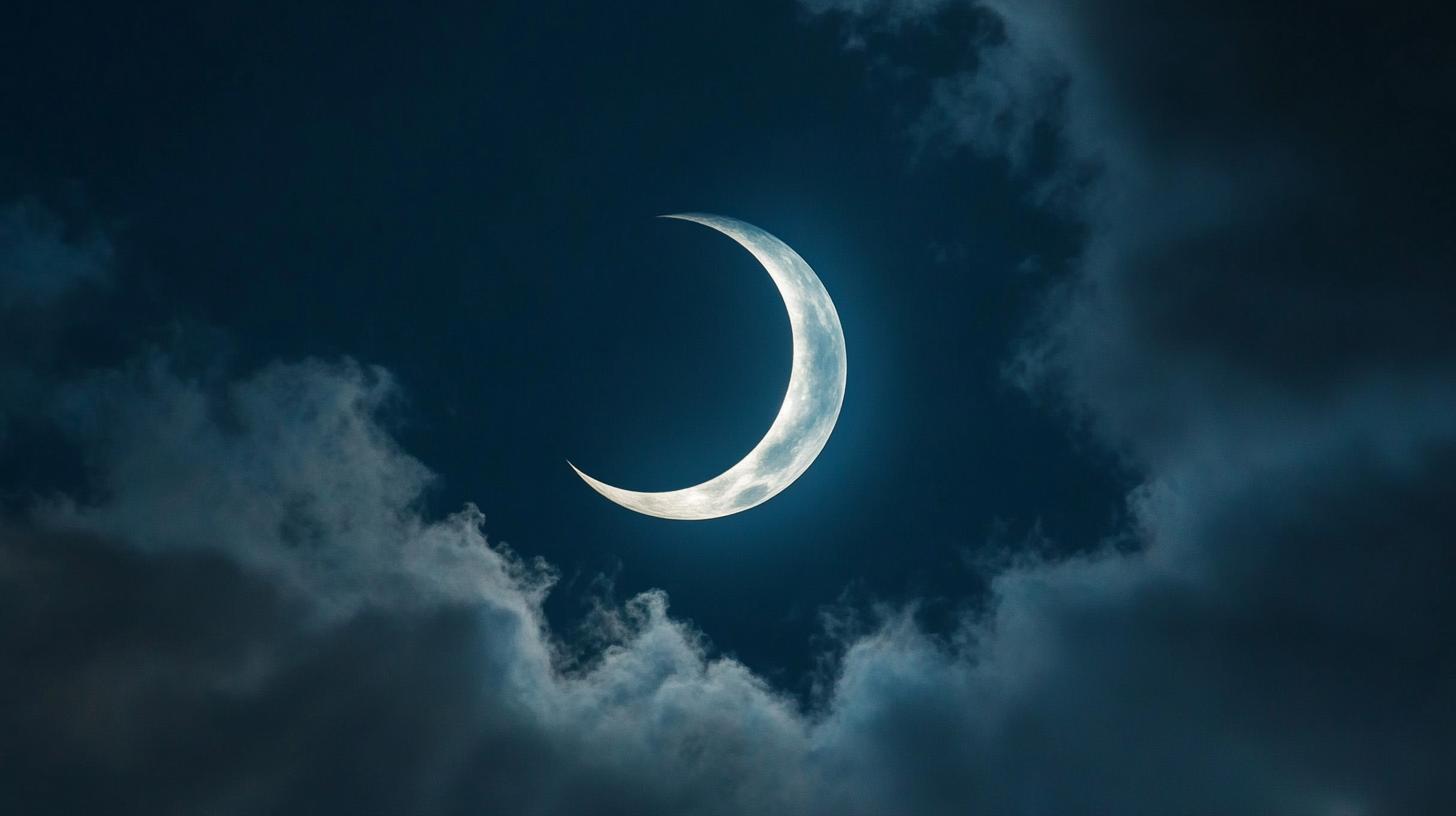Looking up at the night sky offers a constant source of wonder, but every now and then, a celestial event steals the spotlight. This week, stargazers have a special treat as a rare comet makes its journey past Earth.
Comet Nishimura, discovered in August 2023 by Japanese amateur astronomer Hideo Nishimura, is gracing our night skies. Named after its discoverer, this icy visitor originates from the farthest reaches of our solar system. What makes Comet Nishimura special is its unique orbit, which brings it close to the Earth just once in approximately 300 years.
To witness this spectacle, aim your gaze towards the eastern pre-dawn sky. The comet will be most visible around the constellation Leo. For the best experience, find a spot far from city lights and let your eyes adjust to the darkness. Binoculars can enhance the view, though keen observers might spot the faint glow of the comet with the naked eye.
The comet’s closest approach to Earth occurs on September 12, 2023. Mark your calendars! This is when it will be at its brightest.
Remember that viewing conditions depend heavily on the weather, so check your local forecasts. Take this opportunity to marvel at the beauty of our solar system and contemplate the mysteries of the universe.
Whether you are a seasoned astronomer or a casual stargazer, events like these serve as a reminder of the wonders waiting for us just above the horizon.
Comet Surprises: How Celestial Events Shape Humanity’s Future
Observing the night sky can be more than just a peaceful pastime—it can drive technological advancement and philosophical reflection. As Comet Nishimura journeys past Earth, let’s delve into the broader implications of such celestial events for humanity.
Why are comets significant to humans beyond their beauty? Comets, like Nishimura, are essentially time capsules from the early solar system. Scientists analyze them for clues about the primordial materials that birthed planets. By understanding these building blocks, researchers can unravel our cosmic origins and even search for life’s essential ingredients.
The impact on technology: What’s the connection? Celestial events push technological boundaries. Monitoring and studying comets necessitate advanced telescopes and imaging techniques, fueling developments in optical technology and data processing. This technology trickles down to consumer applications, benefiting everything from smartphone cameras to satellite imaging.
Are there controversies in comet studies? Interestingly, debates often center on the potential collision threats comets pose. While the risks are low, discussions around space defense lead to initiatives in asteroid and comet redirection technologies.
Advantages vs. Disadvantages
Advantages: Celestial observation fosters international collaboration in space exploration—think of projects led by organizations such as NASA and ESA. It also inspires generations to pursue careers in STEM fields.
Disadvantages: The immense costs of space missions can strain budgets, and light pollution threatens our ability to observe such wonders.
Events like Comet Nishimura’s passage remind us of the vast universe we inhabit. They challenge us to look upward and propel humanity both technologically and philosophically. For more insights about celestial phenomena, explore the NASA website.







